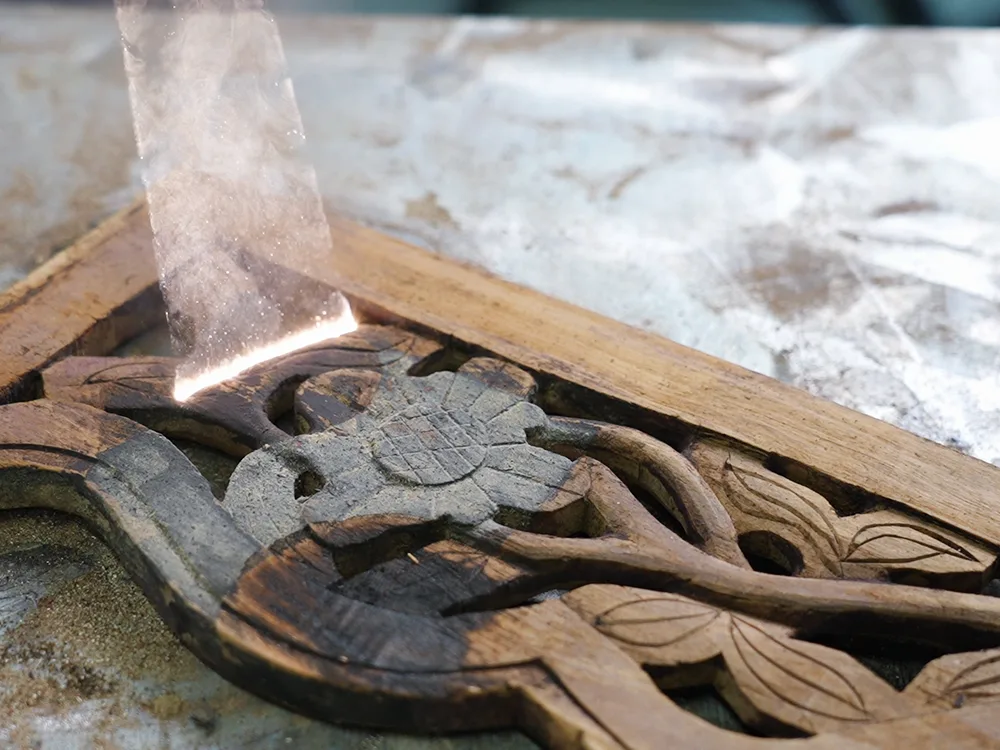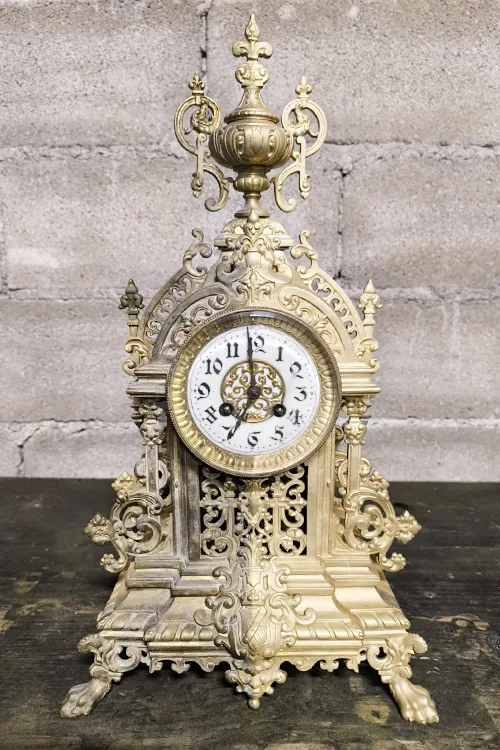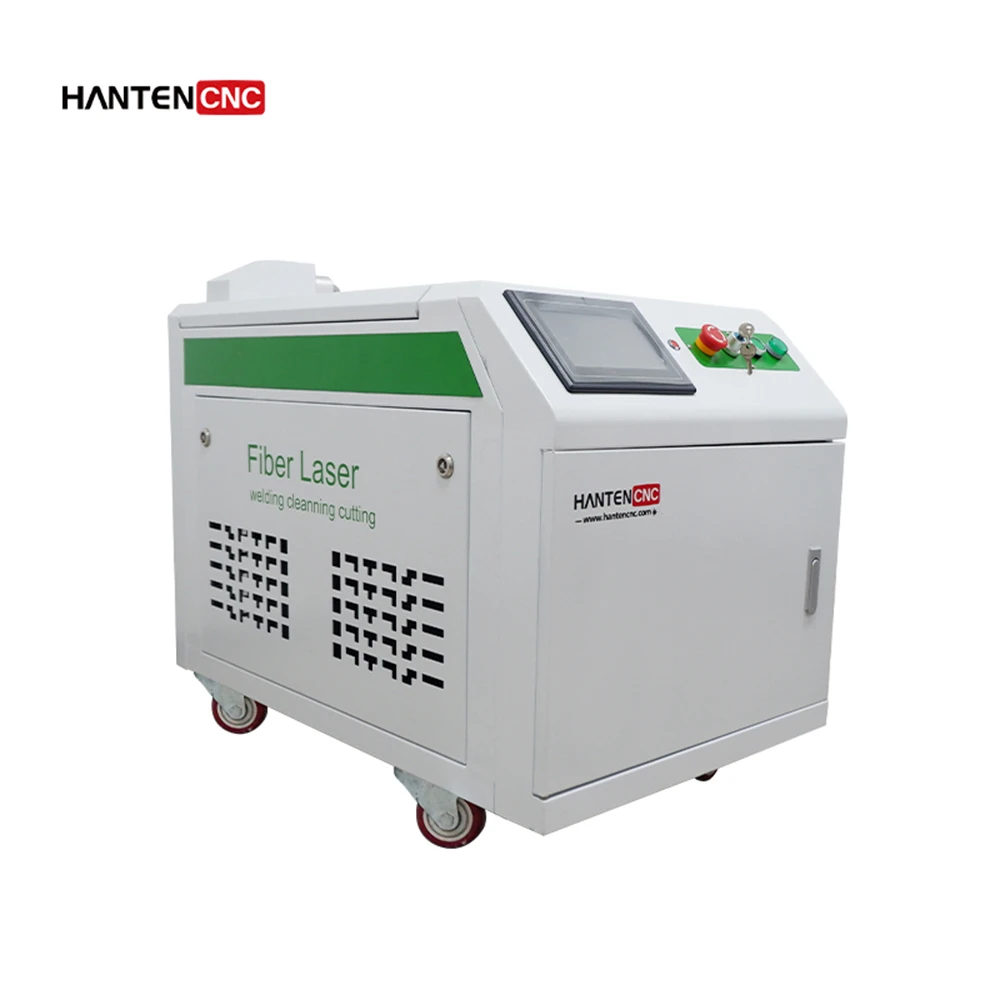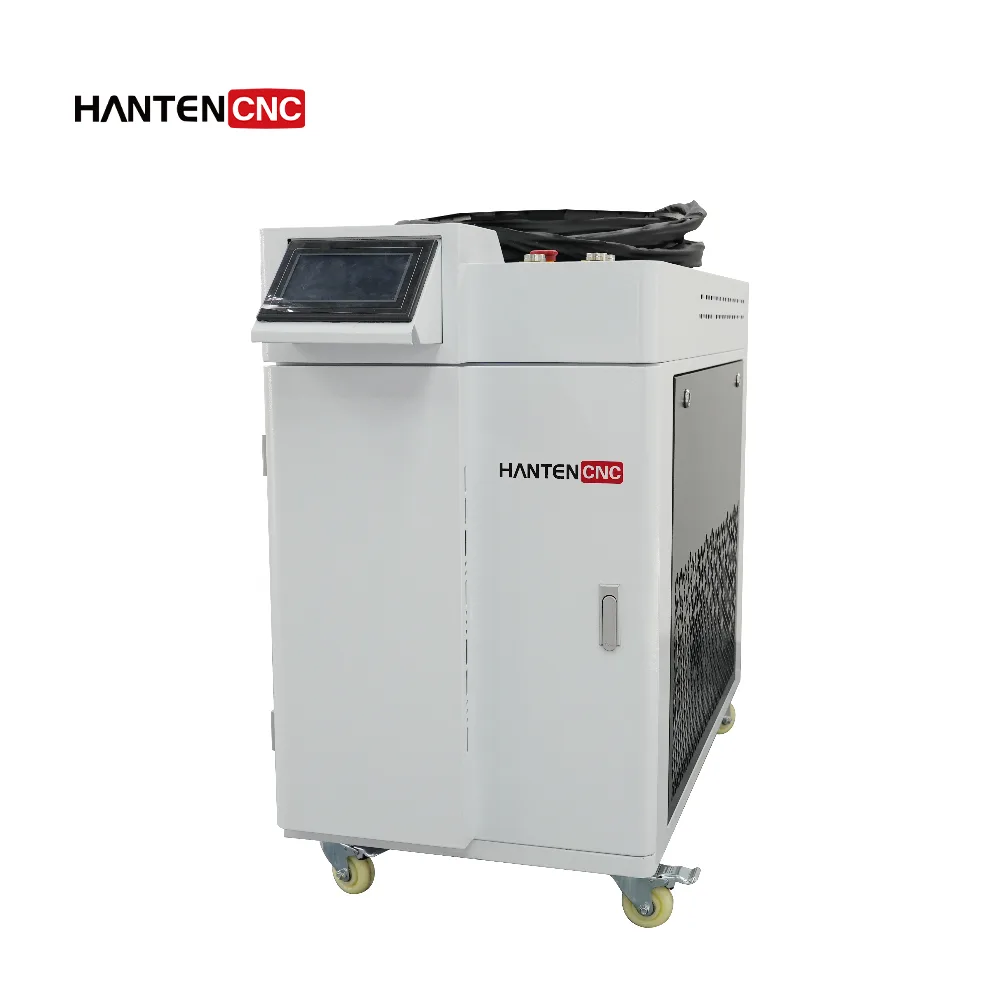Historical artifacts usually depict the life of the past. Experts study these artifacts and gain new insights into history. Typical examples are fossils, war materials, animal skeletons, and the tools used by kings. These artifacts are sometimes stuck to hard soil or rocks. Separating them from the original item is quite difficult and time-consuming. This work must be done carefully so that no part of the artifact is broken or damaged. In this case, the laser cleaning method plays a significant role.
A laser machine for cleaning uses a high-energy laser beam during work time. It can remove rust, dirt, or old paint without touching the materials. Moreover, the method is relatively safe for base materials. It is also helpful for preserving delicate items. There are two different types of laser cleaner: continuous and pulse laser. In this case, pulse laser cleaner is the safest and most effective device.
In this article, you will learn the importance of using a laser cleaner to clean historical artifacts. You will also learn why pulse laser cleaners are suitable for this job. Finally, the article will present you with two suitable devices you can use for your historical artifact restoration works.
Overview of Historical Artifacts Cleaning and Restoration
Cleaning and restoring historical artifacts are essential to protect our cultural heritage. These artifacts become dirty or damaged over time. The weather, environment, or age may wear out. Artifacts are standard tools, coins, paintings, sculptures, and other objects. You must clean these items to protect them and keep them safe for the next generation.
Cleaning artifacts is quite hectic. As you may know, there are many methods to clean these monuments. Traditional clean methods include brushes, chemical substances, and water. Mechanical tools are often used on them, too. Traditional methods pose significant risks due to their susceptibility to damage or decay. Therefore, these methods are not safe for sensitive or fragile surfaces. Experts should choose modern techniques to resolve this problem.
Laser cleaning machines offer a beneficial way to clean up the monuments properly. These machines are widely popular for their high precision and gentle work. You may employ them for artifact-cleaning purposes.
Restoration is more important than cleaning. It also refers to repairing broken pieces or strengthening weak materials. The main motive is to ensure their quality is as excellent as before. Thereafter, you should maintain an environment that protects it from further damage.
Museums, labs, or historical sites use expert people for it. Their expertise helps them understand what the item is made of and how to take care of it properly. Overall, preserving these items means preserving history. It allows people to learn from the past.
Why Laser Cleaning is Ideal for Historical Artifacts Restoration
Among many uses of laser cleaning machines, restoring artifacts is among the most popular. There are many reasons why laser cleaning is ideal for historical artifact restoration.

First, laser cleaning is a non-contact process. You don’t have to touch the object physically. The highly focused laser beam targets the specific area and loosens it from the surface. If needed, you can apply multiple passes to clean the object thoroughly. Chemical cleaning or mechanical cleaning often creates scratches.
Second, laser cleaner is a much faster method. Traditional cleaning is time-consuming and often needs much work. While traditional cleaning methods may take a day to a week or month, laser cleaning takes a few hours or more a day.
Third, laser cleaner offers you the highest precision. The mechanical cleaning has accuracy errors. It may sometimes break the fragile edges or create scratches. Laser cleaning is a much safer option. It cleans residue so that even a delicate part of the object remains as it is. Even the surrounding parts stay safe during the process. Indeed, the method is essential for delicate items like coins, old paintings, and statues.
Fourth, the laser cleaner does not use harmful substances or liquids for artifact cleaning. This advantage makes it an eco-friendly process. It is far safer for both the user and the materials. Another benefit is that it won’t leave residues after cleaning. The method is a non-abrasive technique. Therefore, it won’t scratch or wear down the material. It can reach areas that are difficult to achieve in small, detailed artifacts.
Why Pulse Laser Cleaners?
Pulse laser cleaners are the best choice for artifact restoration. You may wonder why continuous laser is not used for this job. The continuous laser typically releases laser beams continuously. There is a high possibility of creating high heat in this case. Because of this, you may damage the artifact or create a groove, which is unacceptable.
Pulse laser cleaner emits short laser pulses instead of continuous lasers. This method maximizes material safety. The use of short pulses generally reduces the chances of creating rapid heat. Because of this, you can ensure much safer cleaning and keeping the originality of the cleaned object.
Pulsed lasers let you change wavelengths and flux (the amount of energy that hits an area). This means that the operator can choose the correct settings for different materials. For example, metal, coins, stones, wood, and other materials need different power levels. The same goes for wall paintings and sculptures as well.
Pulse laser cleaners also reduce thermal stress. Because of this, they minimize the possibility of cracks, warping, or fading. Eventually, this machine is ideal for this type of restoration.

Best HantenCNC Laser Cleaners for Artifact Restoration
HantenCNC offers high-quality laser cleaners that deliver excellent results. With over 20 years of expertise, they provide great services worldwide and have earned a good reputation. Below, we will discuss two notable HantenCNC machines used for artifact restoration.
Starting with a 300W pulse laser stripper, it is suitable for versatile applications. The machine is portable, highly efficient, and powerful. You can use it to remove thick oxide layers, rust, and stains. The controlling feature of the pulse laser typically reduces the thermal impact on the object.

On the other hand, a 1000W pulse laser cleaner is a full-package machine in one. Compared to traditional methods or other machines, it provides more advantages. For cleaning, the machine uses 15-50 mJ short energy pulses. The focus of the laser beam is approximately 20 mm. It also has an advanced cooling system for the laser source. Its eco-friendliness, precise cleaning, and use of no consumables make it popular among users.

For more information, please contact us!
